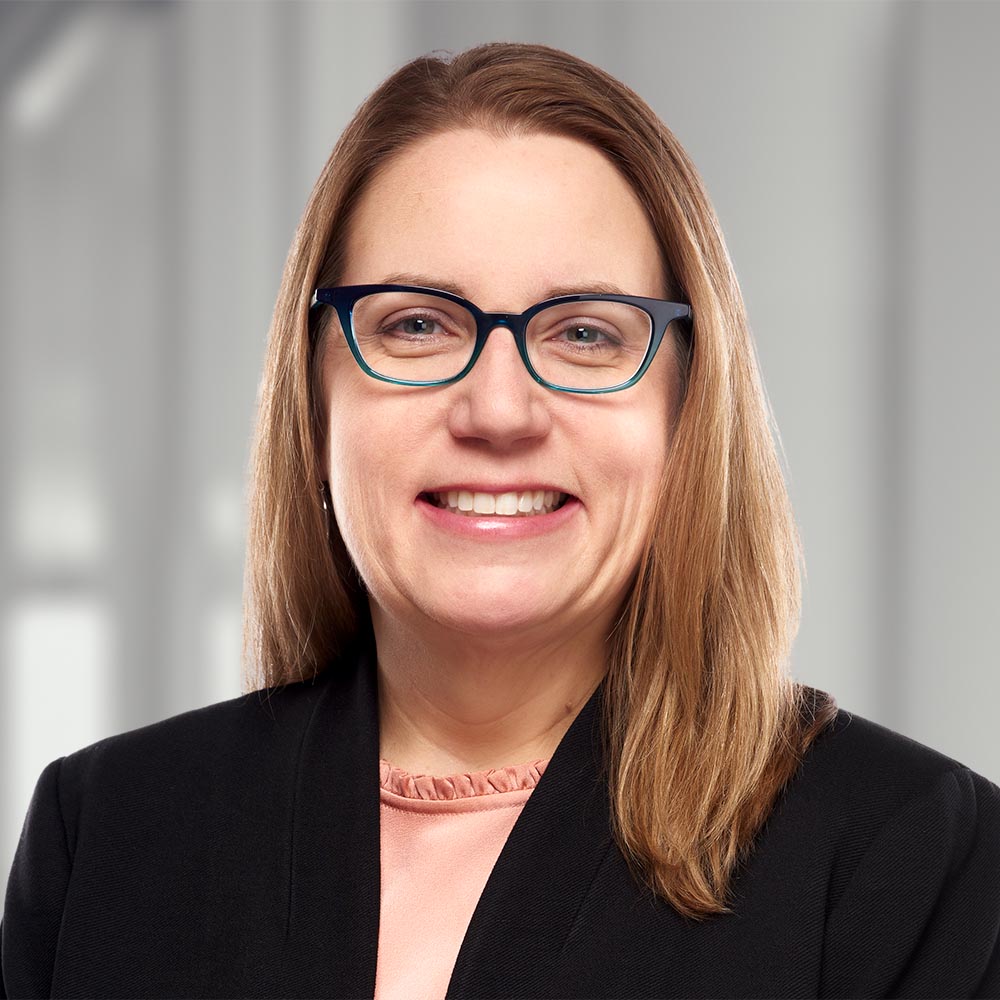
Open-ended funds part 3: Pros and cons for GPs
Open-ended funds part 1: a new way forward for private market funds
Open-ended funds part 2: Pros and cons for LPs
Open-ended funds part 3: Pros and cons for GPs
Sharing insights from our experience with numerous open-ended private market funds while representing both general partners/sponsors (GPs) and limited partners/investors (LPs) in Canada and the United States, the third and final instalment of our three-part series on open-ended private market funds sets out some of the pros and cons from the perspective of GPs around leveraging this increasingly popular fund type1.
Open-ended funds are increasingly being sought after by players in the private equity space as a long-term option to raise and invest capital. This fund type is seen by many as an attractive alternative to traditional fund types with applicability for long-maturity income-generating assets like infrastructure and real estate (learn more about open-ended funds and real estate in our article here). With infrastructure and real estate emerging as key sectors for investment in the post-pandemic economic mix in North America, we are likely to see open-ended funds rise further in popularity.
Open-ended funds have certain benefits for GPs compared to closed-ended funds, including the following.
- No fixed investment or disposition period: As discussed above as a benefit to LPs, closed-ended funds are subject to fixed time periods during which the funds can buy and sell investments. Accordingly, the returns of closed-ended funds can be heavily impacted by prevailing market conditions during these fixed periods (subject to the ability of the GP to receive extensions on these periods). In addition, the GP of a closed-ended fund may be forced to sell assets at a discount at the tail-end of the fund’s term, solely due to the timing of when the fund is required to liquidate and begin to terminate in accordance with its governing documents. In contrast, GPs of open-ended funds have the flexibility to implement their investment strategy without being constrained by fixed time periods. As such, open-ended funds can generally wait out adverse market conditions before deploying capital or selling assets (subject to any obligations to satisfy outstanding redemption requests). This flexibility also allows open-ended funds to be exposed to an asset in a manner that aligns with the asset’s lifecycle, as opposed to the lifecycle of the fund.
- Increased access to capital and efficient fundraising: Unlike closed-ended funds, open-ended funds are permitted to continuously fundraise within the same investment vehicle. This can provide GPs of open-ended funds with a constant source of capital to implement their investment strategy, pay expenses and/or provide liquidity to investors seeking to redeem their interests. In addition, by raising capital within the same investment vehicle, a large portion of the expenses typically associated with formation and fundraising (e.g., legal costs of setting up entities, drafting governing documents, etc.) can be spread-out, or amortized, over a longer period of time. In contrast, closed-ended funds cannot raise capital after a predetermined fundraising period, at which point GPs must form a new fund in order to continue raising capital, thereby incurring additional organization and fundraising costs.
Open-ended funds can also have certain disadvantages for GPs compared to closed-ended funds, including the following.
- Administrative burdens: It can be more administratively burdensome for GPs to operate open-ended funds compared to closed-ended funds. For instance, the GP of an open-ended fund has several administrative responsibilities that are not relevant to the GP of a closed-ended fund, including actively monitoring the periodic inflow and outflow of LPs, the fund’s commitment tranches, DRIP mechanics, redemption requests and performance fees. In addition, since fees, subscriptions and redemptions are often based on NAV, the GP must calculate NAV more precisely and more frequently than is generally necessary in closed-ended funds. Finally, the GP of an open-ended fund may be required to organize and manage multiple MFN processes, which is more time-consuming and costly than the one-time MFN process for closed-ended funds.
- Fees: While a benefit to LPs as discussed above, the fact that open-ended funds typically charge management fees based on either invested capital or NAV (as opposed to unfunded commitments during the investment period like closed-ended funds) means that GPs are not earning fees until capital is drawn. In addition, since performance fees are structured as fees rather than carried interest distributions, GPs of open-ended funds may not receive the benefit of capital gains treatment on the performance fees.
In summary
- Fund sponsors are increasingly forming open-ended funds as an alternative to the more traditional closed-ended funds.
- An open-ended fund is a fund that has an indefinite life.
- Given their long-term nature, open-ended funds tend to be well suited to long-maturity, income-generating assets, and investors with long-term investment horizons.
- Other key characteristics of open-ended funds include the ability to continuously raise and invest capital and permit LPs to submit redemption requests on a periodic basis.
- Open-ended funds offer several benefits (as well as drawbacks) to GPs and LPs compared to closed-ended funds.


